7 Summer Festivals and Events in Japan 2025: From July to August

There are many traditional summer events and festivals in Japan. This article features festivities held every year from July to August. We hope you enjoy these seasonal customs in Japanese culture firsthand!
While summers in Japan seem to be getting hotter each year, there are many reasons to look forward to this season. For example, July 1 is the day of "yamabiraki," a Shinto ritual announcing the start of the climbing season on various mountains, including Mt. Fuji.
In this article we introduce major festivals and events held in Japan from June to August.
7 Summer Festivals and Events in Japan
1. Tanabata, the Summer Star Festival (July 7 and early August)
2. Kyoto's Gion Festival (July 1 - 31)
3. Sumida River Fireworks Festival (July 26)
4. Doyo no Ushi no Hi - Day of the Ox (July 19, 31)
5. Awa Odori Dance Festival (August)
6. Obon (mid-August)
7. Kyoto Gozan Okuribi (August 16)
1. Tanabata, the Summer Star Festival
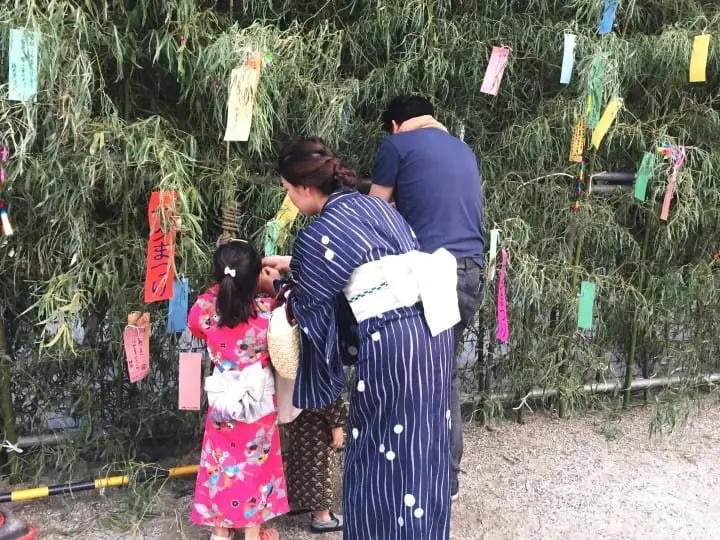
Tanabata is a unique Japanese event that first originated from Chinese folklore and later became an Imperial court ceremony. It is based on the romantic legend of Hikoboshi and Orihime (*1), star-crossed lovers separated by the Milky Way (*2). The two were allowed to see each other only once a year on July 7, when a bridge forms across the stars.
In Japanese households, family members write their wishes on tanzaku (a rectangular piece of paper), hang it on bamboo branches, and look up to the stars.
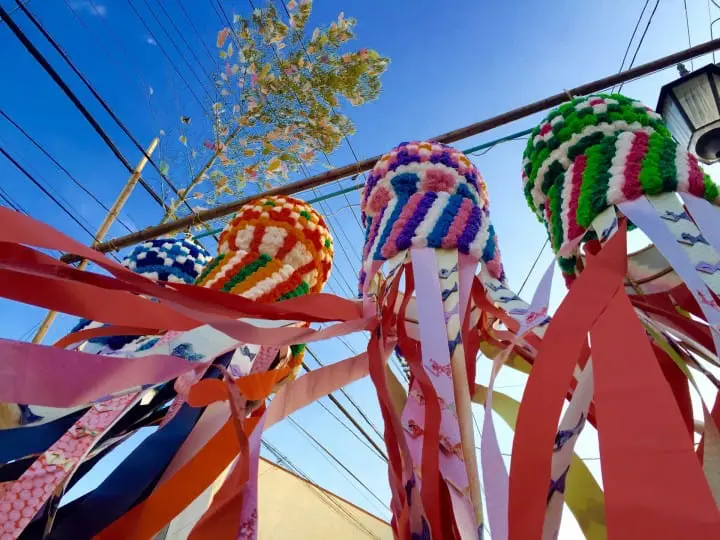
Around August 7, which is July 7 on the lunar calendar, various Tanabata Festivals are held nationwide. This includes the Sendai Tanabata Festival, famous for its gorgeous decorations, and Tanabata Edoro Festival in Akita, which displays over a hundred drawings illuminated by lanterns.
*1: Hikoboshi is said to be Altair in the Aquila constellation, and Orihime is Vega in the Lyra constellation. The two stars, along with Deneb in the Cygnus constellation, make up the Summer Triangle.
*2: A broad band of stars that are visible during the summer and autumn in Japan.
Read also
2. Kyoto's Gion Festival
Gion Matsuri is a traditional festival held at Yasaka Shrine in Kyoto, which dates back to the 9th century. This prominent Japanese festival starts on July 1 and lasts for a month.
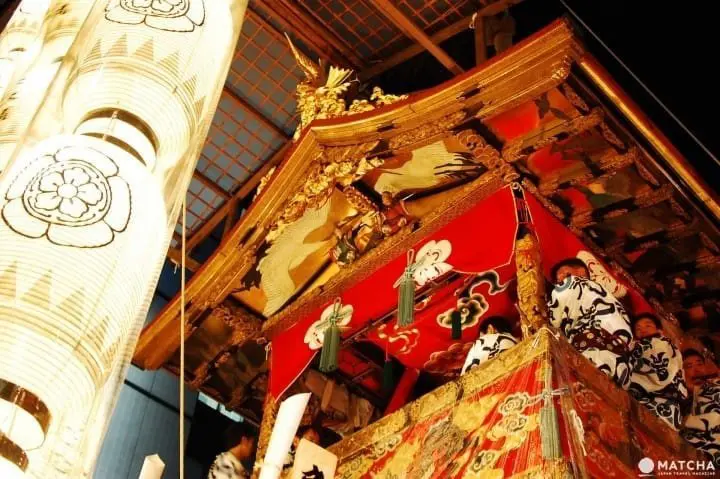
The main attraction is the parade of yamaboko floats, which are registered on the Representative List of the Intangible Cultural Heritage of Humanity by UNESCO. The parades are divided into the Saki Matsuri (July 17) with 23 floats and Ato Matsuri (July 24) with 10 floats.
The yamaboko also appears in various shrine rituals. The floats used in the Gion Festival display riches owned by local families and companies. These assets have a long history, so the floats are regarded as museums on wheels.
Gion Festival Schedule for 2025
The Gion Festival will be held from July 1 to July 31, 2025.
Yoiyama (pre-festival): July 14-16
Food stands: July 15-16
Yoiyama (post-festival): July 21-23
Saki Matsuri Yamaboko procession: July 17
Ato Matsuri Yamaboko procession: July 24
Read also
3. Sumida River Fireworks Festival
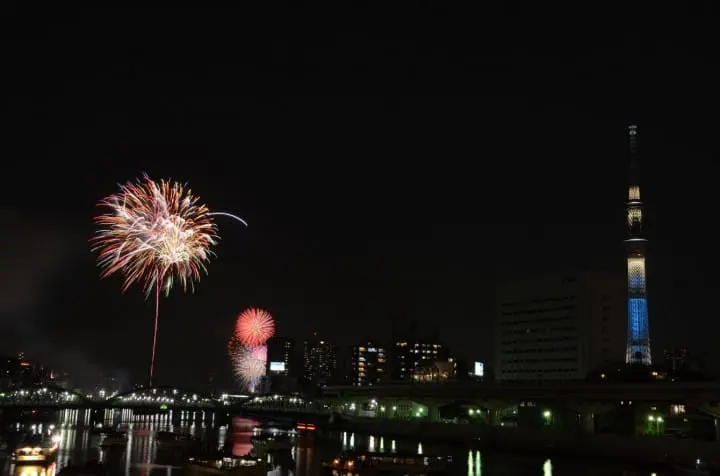
While there are many fireworks festivals from July to August, the Sumida River Fireworks Festival is one of the largest in Japan. It is usually held on the banks of the Sumida River near Asakusa on the last Saturday of July. You can expect a huge turnout of excited spectators.
The festival starts around 19:00 and ends at about 20:30. Approximately 20,000 fireworks are launched from the first site between Sakura Bridge and Kototoi Bridge. The second site is located between Komagata Bridge and Umaya Bridge. A creative fireworks competition is also held at the first site, so spectators can view unique works.
In 2025, the Sumida River Fireworks Festival will be held on July 26 (Saturday).
Read also
4. Doyo no Ushi no Hi (Day of the Ox)

This Japanese custom involves eating unagi (eel), which is rich in protein and vitamins, on Doyo no Ushi no Hi (Day of the Ox). This holiday originates from the ancient Chinese calendar where it was established as a measure to cope with the summer heat, apparently.
The eel is grilled with a sweet and salty sauce using a recipe called kabayaki. Then the eel is placed on top of piping-hot rice.
The date for Doyo no Ushi no Hi is determined based on the lunar calendar, so it changes yearly on the solar calendar. It falls on two dates in 2025. The first (Ichi no Ushi) is on July 19, and the second (Ni no Ushi) is on July 31. All the eel restaurants will be in full swing on those days.
5. Awa Odori Dance Festival
Awa Odori is a traditional dance originating from Tokushima. It has a history spanning around 400 years. While dance festivals are held across Japan in the summer, the Awa Odori in Tokushima City is the largest of its kind.
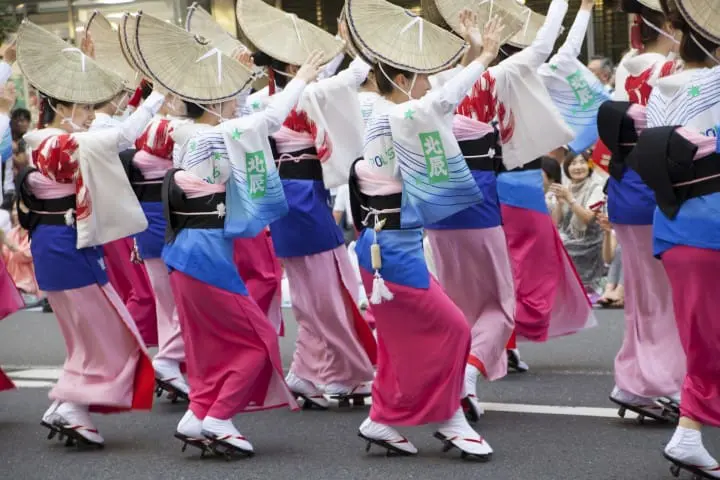
The festival is held annually for four days from August 12 to the 15th. During this period, 1.3 million spectators gather in the central area of Tokushima City. They are treated to a view of a hundred thousand dancers before their eyes.
There are many dance groups called ren, performing their own dances in original uniforms. Additionally, the number of visitors from abroad joining the dances is on the rise.
In 2025, the Tokushima Awa Odori Festival will be held August 11 - 15. For details, please check the official website.
6. Obon
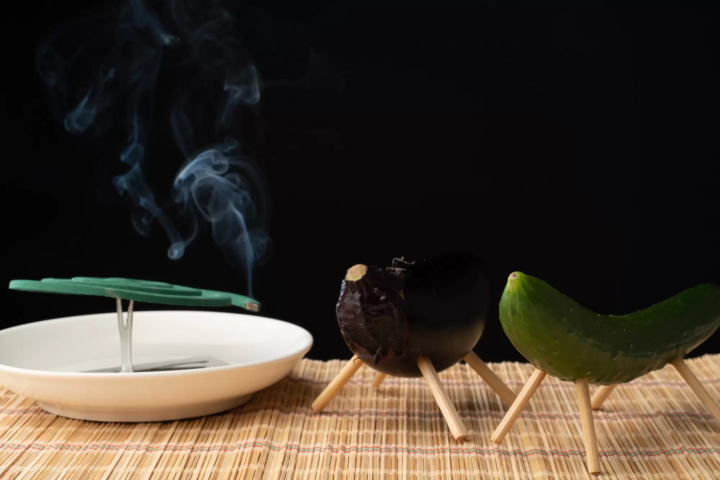
The Bon Festival, or Obon, is a summer event to honor ancestors. It is believed that the spirits of ancestors return to this world during this time.
The Bon period is mainly observed in Tokyo from July 13 to the 16 for four days, while in other regions throughout Japan, it is observed from August 13 to the 16. The timing varies by region, but during this short period, the spirits of ancestors come back to this world.
During the Obon period, various preparations are made to ensure that the spirits of ancestors return safely to this world and can then go back to the afterlife with peace of mind.
Read also
7. Kyoto Gozan Okuribi

The Kyoto Gozan Okuribi is a traditional Buddhist event that takes place every year on the night of August 16. It involves lighting fires on five mountains surrounding Kyoto to send off the spirits of the deceased.
Starting at 20:00, fires are lit in the order of Daimonji, Myoho, Funagata, Hidari Daimonji, and Toriigata, and for 30 minutes, they glow fantastically in the dark night sky.

Photo by Pixta
Furthermore, at the Arashiyama Nakanoshima Park downstream of the Togetsukyo Bridge, the Arashiyama Toro Nagashi ceremony is held to honor ancestors.
Floating lanterns drifting along the river create a fantastic and mystical ambiance, offering a unique and precious sight that can only be witnessed during this time of the year.
FAQ
Are there any summer festivals in June in Japan?
June in Japan heralds the onset of summer with a mix of cultural events and festivals that kick off the season. Notable celebrations include the Sanno Matsuri in Tokyo featuring vibrant processions near Hie Shrine, the Yosakoi Soran Festival in Sapporo highlighting modern and traditional dance forms, and the Hakata Gion Yamakasa in Fukuoka with pre-festival activities leading up to the main event in July. Additionally, Tanabata festivals across various regions in Japan start in late June, setting the stage for the Star Festival on July 7th. While June may not be as packed with major festivals as later summer months, these events offer a glimpse into Japan's diverse traditions, cultural richness, and the beginning of the summer festivities that define the season.
What festivals happen in August in Japan?
August in Japan is a dynamic month filled with diverse and culturally rich festivals that showcase the country's tradition and community spirit. Obon, a significant festival in mid-August, sees ancestral remembrance ceremonies, gravesite visits, and Bon Odori dances nationwide. In Tokushima, Awa Odori brings lively dance performances and vibrant processions to the streets, while Aomori's Nebuta Matsuri dazzles with illuminated floats and traditional music. Tokyo hosts the Koenji Awa Odori, a lively dance festival, and Kyoto's Daimonji Gozan Okuribi event features symbolic bonfires on mountainsides. These festivals in August offer a glimpse into Japan's vibrant matsuri culture and provide a rich tapestry of cultural experiences for visitors and locals alike during the summer season.
What are some summer festivals in Japan?
Japan's summer comes alive with a tapestry of vibrant festivals known as "matsuri," showcasing the country's rich cultural heritage and community spirit. Notable events include Kyoto's Gion Matsuri, a grand celebration featuring elaborate floats and traditional performances, while Osaka's Tenjin Matsuri honors learning with a spectacular land and water procession. In Aomori, the Nebuta Matsuri dazzles with illuminated floats, and Tokushima's Awa Odori in August brings lively dance performances to the streets. Tanabata Matsuri brightens various locations with colorful decorations, while Tokyo's Sumida River Fireworks Festival lights up the night sky with a dazzling display. These summer festivals offer a blend of tradition, artistry, and celebration, inviting visitors to immerse themselves in Japan's vibrant matsuri culture and festive atmosphere.
What Japanese holidays are in summer?
Summer in Japan is marked by a series of significant holidays and traditional celebrations that enrich the cultural tapestry of the country. Festivities include Tanabata on July 7th, a time for making wishes; Marine Day in July, celebrating the ocean and maritime activities; and Obon in mid-August, a period for ancestral remembrance and traditional ceremonies. Respect for the Aged Day in September pays homage to the elderly in society. Additionally, summer is filled with vibrant Matsuri festivals across Japan, featuring traditional dances, music, food stalls, and fireworks displays that showcase the community spirit and cultural heritage of the season. These holidays and events offer insights into Japan's rich traditions and provide opportunities for both locals and visitors to engage in the festive spirit of summer.
What is special in summer in Japan?
Summer in Japan is a culturally rich and vibrant season marked by traditional festivals like Bon Odori and Gion Matsuri, delicious seasonal foods such as kakigori and hiyashi chuuka, and spectacular hanabi taikai (fireworks festivals) that light up the night skies. People don festive yukata and jinbei for the occasion, adding to the festive atmosphere. Summer in Japan also offers outdoor adventures like hiking and beach trips, with popular coastal destinations beckoning visitors for swimming and relaxation. The Obon festival in August adds a spiritual touch to the season, emphasizing ancestral remembrance and traditional ceremonies. Overall, Japan's summer is a time of celebration, cultural immersion, culinary delights, and outdoor activities that highlight the country's vibrant and dynamic summer culture.
How long is summer festival in Japan?
Summer festivals in Japan, typically spanning from June to September, vary in duration, ranging from one-day events to week-long celebrations and even month-long festivals. Smaller local festivals often take place over a single day, offering traditional performances and food stalls. Weekend festivals extend the celebration to a couple of days, while larger events like the Gion Matsuri can last several days to a week, featuring diverse performances and cultural displays. Month-long festivals, such as Gion Matsuri or Awa Odori, showcase a range of events over an entire month, providing a rich cultural experience for both visitors and participants. The varying durations of these summer festivals from June to September offer a tapestry of cultural experiences and traditions that contribute to Japan's vibrant and celebratory seasonal atmosphere.
What are the three most beautiful festivals in Japan?
Japan is home to a rich tapestry of vibrant festivals, with three particularly renowned for their visual splendor and cultural significance. The Gion Matsuri in Kyoto, spanning July, captivates with its majestic floats adorned with intricate designs. In Takayama, the Takayama Festival's spring and autumn celebrations showcase stunning festival floats, reflecting meticulous craftsmanship and tradition. Highlighting the dynamic and colorful side of Japanese culture, Awa Odori in Tokushima during August's Obon season overflows with energetic dance performances and vibrant street processions. These festivals embody the essence of Japan's diverse cultural heritage, drawing visitors with their visually captivating displays and immersive experiences that celebrate tradition, craftsmanship, and community spirit in a dazzling showcase of beauty and tradition.
Enjoy the Summer Festivals of Japan
Summer in Japan is associated with festivals and fireworks. Enjoy local culture and have a great time during your summer trip to Japan.
Read also
Main image by Pixta
This is the official account of MATCHA's editorial department. Our articles feature useful travel information for visitors to Japan, from how-to guides to recommended places to visit.




![[Sendai Tanabata Festival] A seasonal summer event of Sendai, the city of trees! Access map around the Sendai Station for festival visit](https://resources.matcha-jp.com/resize/200x2000/2024/05/05-178870.webp)








































![[2026] Top 5 Strawberry Picking Spots in Tokushima, Naruto| Farms and Access Guide for January to May](https://resources.matcha-jp.com/resize/720x2000/2025/03/06-227165.webp)
![[Yamanashi/ Hokuto City] 4 Hot New Spots Opening in 2026](https://resources.matcha-jp.com/resize/720x2000/2025/12/12-252747.webp)


